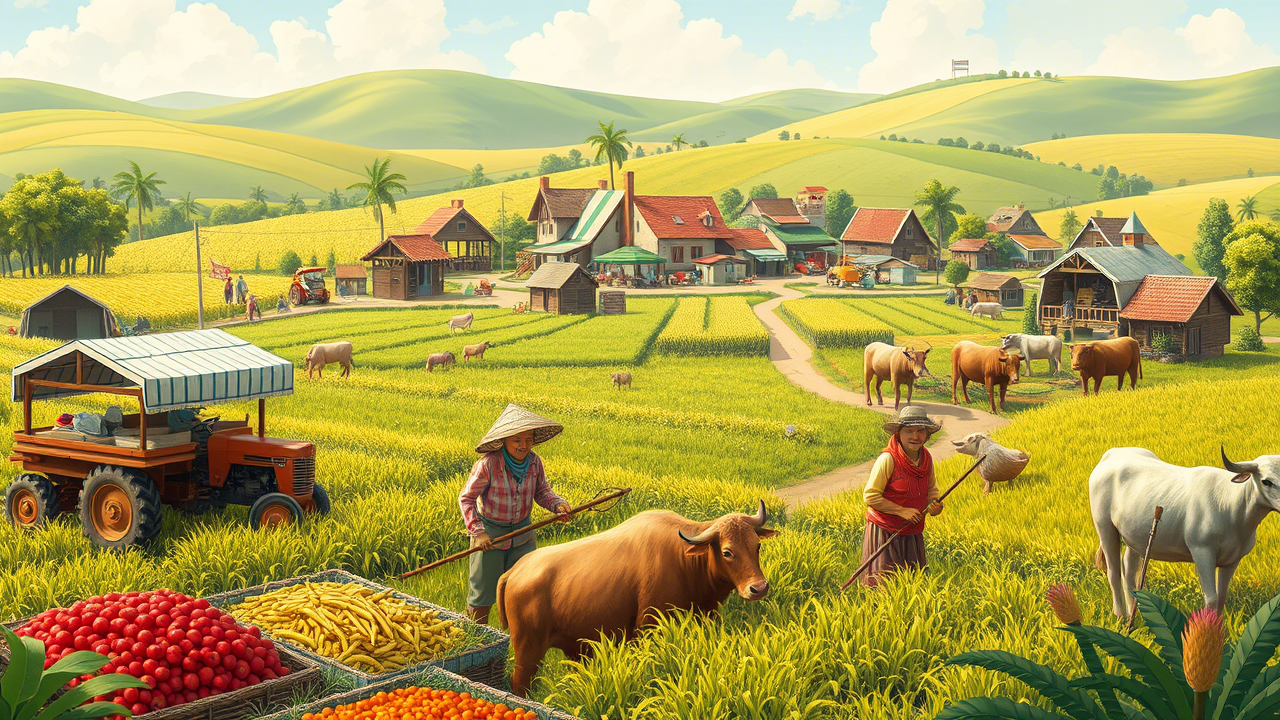How Agriculture Shapes Rural Communities
Agriculture is more than just a means of producing food—it is the heartbeat of many rural communities. For generations, farming has influenced the social, economic, and cultural fabric of these areas, creating both opportunities and challenges for those who call them home.

Economic Stability and Livelihoods
In rural regions, agriculture often serves as the primary source of income. Farms, dairies, and orchards provide jobs not only for farmers but also for workers in related industries, such as equipment repair, food processing, and transportation. When agriculture thrives, local businesses—from feed stores to small-town cafes—tend to benefit as well.
However, reliance on farming also means that rural communities can be vulnerable to market fluctuations, weather conditions, and shifts in agricultural policies. A poor harvest or a drop in crop prices can ripple through the entire community, affecting livelihoods and local economies.
Social and Cultural Connections
Farming fosters a strong sense of community. Seasonal events like harvest festivals, farmers’ markets, and county fairs bring people together, celebrating shared traditions and hard work. Many rural towns have deep-rooted agricultural heritage, with knowledge and skills passed down through generations.
At the same time, changes in farming practices—such as the rise of industrial agriculture or the decline of small family farms—can alter the social dynamics of rural areas. Some communities adapt by diversifying their economies, while others work to preserve traditional farming methods.
Environmental Impact and Sustainability
Agriculture shapes the land itself, influencing water use, soil health, and wildlife habitats. Sustainable farming practices, such as crop rotation and conservation tillage, can benefit rural ecosystems, while intensive farming may lead to challenges like soil depletion or water scarcity.
Many rural communities are now exploring regenerative agriculture and local food movements as ways to support both the environment and local economies. Farmers’ markets, community-supported agriculture (CSA) programs, and farm-to-table initiatives help strengthen connections between producers and consumers.
The Future of Rural Agriculture
As technology advances, rural communities face both opportunities and uncertainties. Precision farming, automation, and renewable energy integration can improve efficiency but may also reduce the need for manual labor. For rural areas to thrive, there must be a balance between innovation and the preservation of community values.
Ultimately, agriculture remains a defining force in rural life—shaping economies, cultures, and landscapes. By supporting sustainable practices and local farmers, we can help ensure that these communities continue to flourish for generations to come.